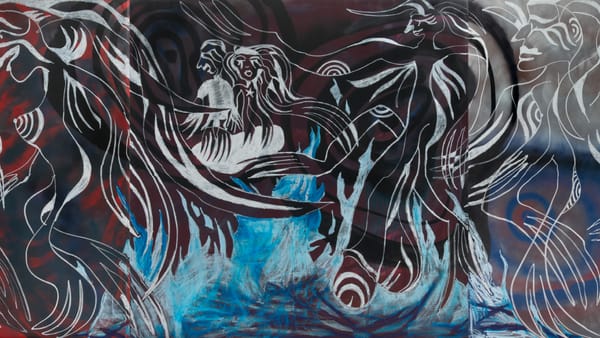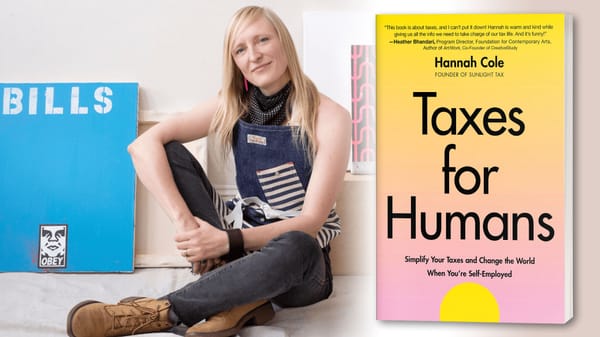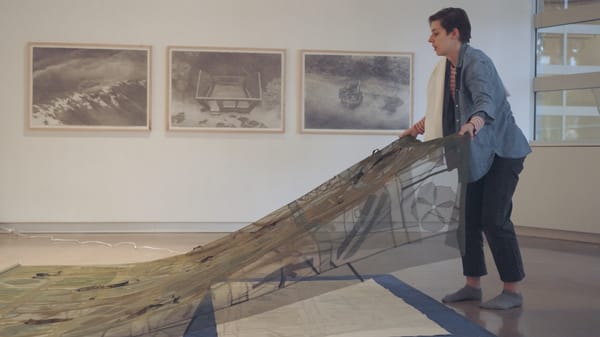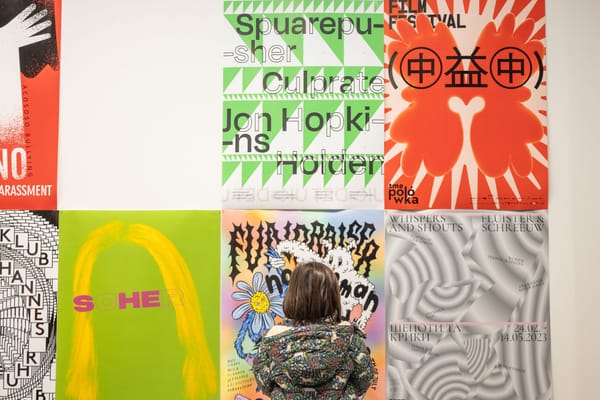Why Art Colleges and Universities Should Not Act Like For-Profit Galleries
Several questions occurred to me when I read that a new art fair geared toward showing the work of recent Master Fine Arts graduates is scheduled to launch this November in New York City.
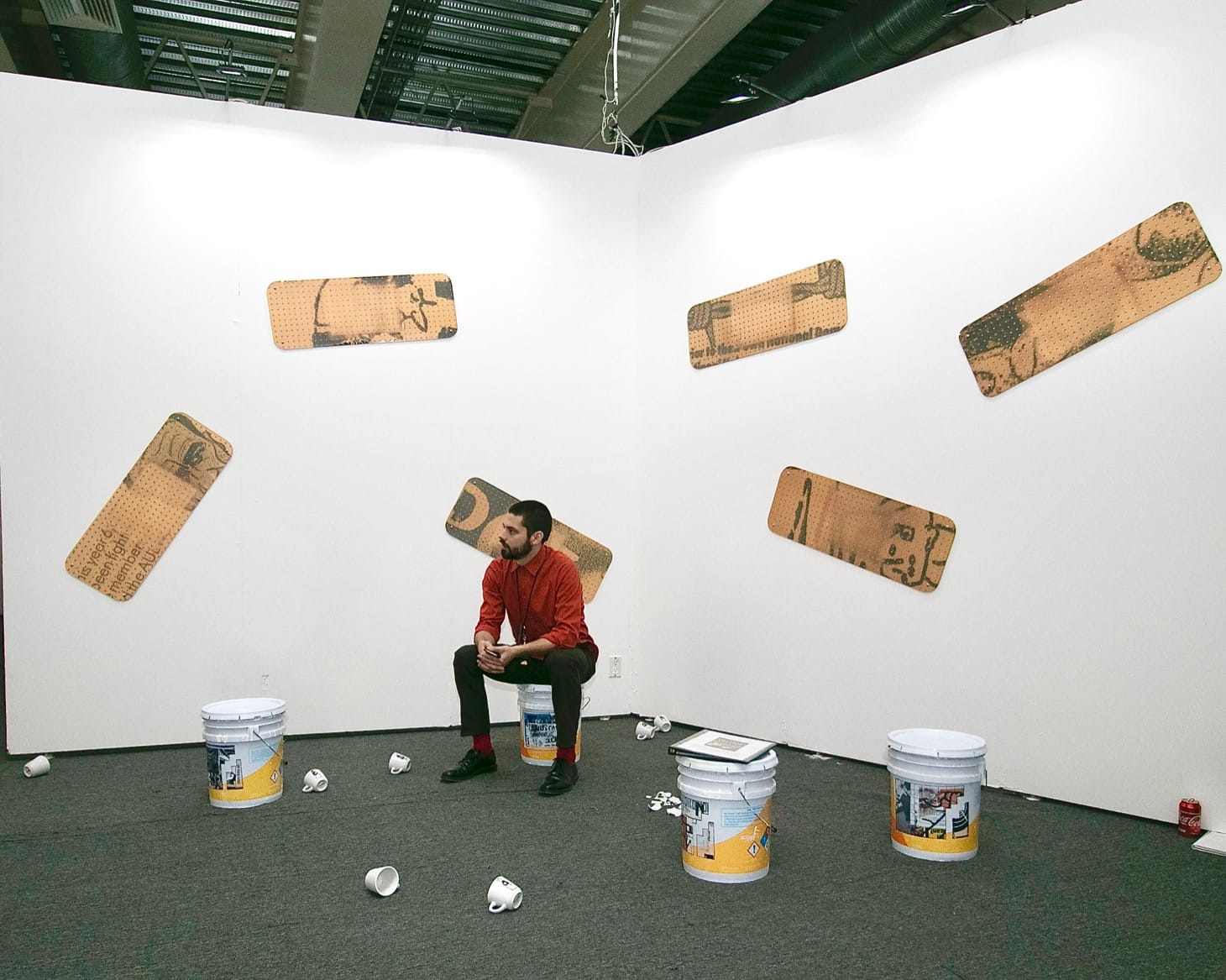
“Is the role of a university or college to act as an art gallery?” That was the question I asked myself when I read that a new art fair geared toward showing the work of recent Master of Fine Arts graduates is planning to launch this coming November in New York City. Art Market Productions, which will produce The MFA Fair promises:
Students and Universities can expect serious exposure to an expansive, engaged audience of over 20,000 dealers, gallerists, curators, and collectors. Scheduled to coincide with NYC’s Contemporary Auction Week in mid-November, The MFA Fair will grant MFA students exposure to the most prominent figures in the art business.
This fair will feature colleges and universities essentially taking on the role of gallerists, trying to sell the work of their own recent MFA graduates at a commercial art fair. Some institutions will pay for booths and some of the universities-as-dealers will take a percentage from the sales of MFA graduate work. I can’t think of an initiative that is more at odds with the mission of higher education than this one.
In my optimistic view of academia, I want to think that colleges and universities still embrace providing safe zones for the unlimited expression and exchange of ideas, extensive learning, integrating of new concepts, and basic academic freedom. Yet, within this rich environment devoted to the purity of knowledge and artistic growth, I believe that it is still essential to provide a codified professional development program as part of a wholesome curriculum. Sadly, many art schools in America do not provide this sort of guidance and are therefore failing to deliver a balanced and holistic view of life as a professional artist after leaving graduate school.
Although gallery dealers play an important part within the ecosystem of the art world, sales provide just one piece of the puzzle to sustaining the creative life of an artist. The reality is that for 99% of us, selling work creates an unpredictable and temporary income stream — at best. My extensive research supports this conclusion. From 2013 through 2018, I conducted two extensive “Living and Sustaining a Creative Life” conversation book tours, covering over 160 stops across the country and abroad where 11,000 people attended. All the attendees were intensely interested in this topic of sustaining a creative life. Sure, every artist would love to sell as much work as possible, but it is far more common for artists to sustain their lives independently from their gallery relationships — if they have any to begin with. I documented personal stories and experiences, both on the tours and in the two books of artist essays that I edited, which detail the multiple income streams artists create to support their lives so they can continue to make their work. Diversifying income streams is essential, and most “successful” artists do this automatically in a creative patchwork that changes from year to year. Gallery sales was nearly always at the bottom of that list.
I support artists selling as much work as they can in as many different venues as possible. What I am adamantly opposed to are institutions of higher education aligning with a mission like the one espoused on The MFA Fair’s website:
Existing spends on production and marketing will manifest significantly increased returns on investment – with 20,000 attendees, extraordinary media visibility, expanded learning and networking student opportunities, and museum quality production values.
Art schools that commit to The MFA Fair by representing recent alumni in their first outing as professional artists are clearly endorsing the idea that “the market” is the dominant way for artists to make a living. This is misleading at best and completely irresponsible at worst.
A second issue of concern that arises from these new partnerships is one of misallocation of funds. We are all likely aware of the incredibly high cost of enrolling in MFA programs around the country. If universities end up paying for booths and/or taking a percentage of money from recent MFA artists, shouldn’t that be considered a form of double-dipping? Students who often have to take out huge student loans to pay for their education are now going to provide work to their alma mater so it can take a commission from sales of that work? Art schools — especially the ones with large endowments — should not begin to normalize this tainted revenue stream. Instead, they should be actively looking to lower the costs of their already excessively priced graduate programs. Rather than participating in this fair, these schools could add luster to their brands by investing in comprehensive professional development programs, paying adjuncts more money, diversifying faculty, increasing visiting artists, or simply adding to their scholarship funds.
Likewise, if universities are using this as a branding/recruitment tool, it quickly becomes a shallow form of advertisement that just feeds into the opaque gallery system which supports a relatively few artists. It’s not inconceivable that students will apply to participating schools just because of their involvement in this fair, hoping that they might pay off their MFA debt by getting into the fair and selling work. We already know that the market capriciously rewards artistic merit, but does the aspiring MFA student understand this? My research says that they do not.
Finally, the exclusivity of this fair reeks of the privilege and income disparity we see across the art world and in society in general. Setting aside that this fair is earmarked to only show MFA grads, too many questions arise when considering who gets in and who is denied: How does the institution-turned-gallery decide who gets to show? Will they only accept artists who make conservative work that’s most likely to sell? What happens to the artist who makes work that is not easily accepted in the gallery paradigm? And most darkly, what happens when a former student sues a university for not including them in this fair? It quickly becomes impossible for the university or college to remain a neutral curator in this process, opening up a messy can of worms along the way.
Participation in this fair perpetuates the old myth of a broken system that works for only the top one percent of artists. Down the road, if this fair gets a head of steam, a likely scenario was articulated by a faculty member at a public college with whom I spoke recently. If The MFA Fair succeeds, her greatest fear is that her school will be forced to join because of the pressure of losing enrollees to other schools due to this perceived “guarantee” of sales upon graduation. Why would our illustrious community of higher education institutions participate in and help perpetuate this race to the bottom, exacerbating an already inflamed atmosphere of exclusivity and income disparity?
This fair is based on a flawed perception of what it takes to sustain a creative life. I highly recommend that my fellow academic professionals look long and hard at what this fair represents and take a pass at participating. Your students deserve this.

